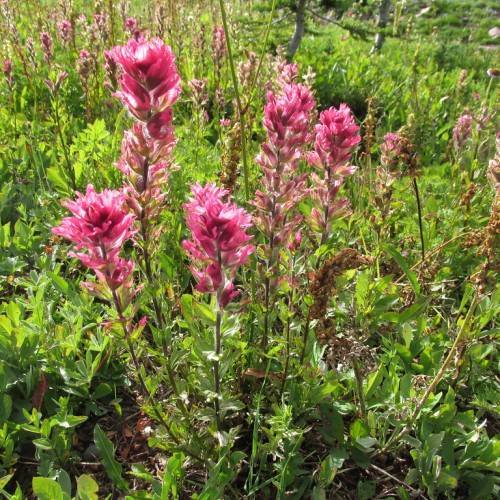
Mountain Paintbrush
Castilleja parviflora var. parviflora
Watering:
Frequent
Hardiness Zone:
Sun:
full sun,part shade
Leaf:
Yes
Growth Rate:
Low
Drought Tolerant:
Yes
Salt Tolerant:
Yes
Care Level:
Medium
watering
Pale Greenish Paintbrush (Castilleja pallida var. caudata) should be watered regularly to keep the soil damp. Water the plant enough that the soil is moist but not soggy or saturated. Water the soil directly, trying not to get water on the foliage. Allow the soil to dry out between waterings, usually about once a week during the growing season in the summer months, and less frequently in cooler seasons. Monitor the moisture in the soil closely and adjust watering as needed.
sunlight
Pale Greenish Paintbrush (Castilleja pallida var. caudata) needs full sun in places with ample sunshine year-round, such as coastal areas of California. The plants need approximately 6 to 8 hours of direct sunlight per day but can also tolerate some partial shade. In areas with more moderate climates, or during the hot summer months, the plants should be placed in an area with partial shade from the midday sun. Watering the plants should be done every 2 to 3 days during the summer. In cooler areas or during the winter, these plants only need to be watered every few weeks.
pruning
Pale Greenish Paintbrush (Castilleja pallida var. caudata) should be pruned in late winter or early spring, when temperatures are mild and before any signs of new growth appear. It is best to heavily prune the plant by cutting back its stems and, if necessary, removing spent stems or dead branches. This should be done to thin out the foliage, allowing more air and sunlight to reach the center of the plant. Additionally, pruning can also help to control the spreading habit of the plant and encourage the growth of new stems. Finally, pruned stems can also be used to create cuttings which can provide more optimal conditions for growth.
